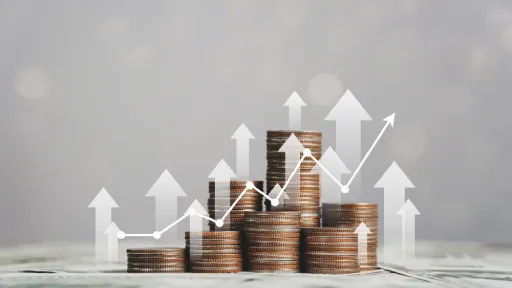Understanding “how does APR work on a credit card” is crucial in today’s financial landscape, where credit cards are ubiquitous and often essential tools for managing daily expenses and larger purchases. With rising consumer debt and increasing credit card usage, grasping the nuances of APR (Annual Percentage Rate) can empower users to make smarter financial decisions, avoid costly interest, and improve overall financial health.
What Is APR and Why It Matters
APR, or Annual Percentage Rate, represents the yearly interest rate charged on outstanding credit card balances if you do not pay your full balance each billing cycle. It essentially reflects the cost of borrowing money on your credit card. While it sounds straightforward, APR involves various components that influence how much interest you ultimately pay.
Types of APR on Credit Cards
- Purchase APR: The interest applied to new purchases made on the card.
- Cash Advance APR: Generally higher than purchase APR, this applies to cash withdrawals using the credit card.
- Balance Transfer APR: This rate applies when you transfer balances from another card.
- Penalty APR: A higher interest rate imposed when you miss payments or violate other terms.
How Does APR Work on a Credit Card?
At its core, APR determines how much interest accumulates on your unpaid credit card balance. Understanding how it works can help you avoid unnecessarily high-interest fees.
How Interest Is Calculated
Credit card issuers typically calculate interest daily, though APR is expressed annually. Here’s the basic process:
- Step 1: Convert APR to Daily Periodic Rate (DPR) – APR divided by 365 days.
- Step 2: Calculate Average Daily Balance (ADB) – The average amount you owe each day during the billing cycle.
- Step 3: Multiply DPR by ADB by Number of Days in Billing Cycle – This yields the interest charged.
For example, if your APR is 18%, your DPR is 0.0493%. If your average daily balance is $1,000 and the billing cycle is 30 days, the interest charged will be approximately $14.79.
Grace Periods and Avoiding Interest
One important aspect of how does APR work on a credit card is the grace period. Many cards offer a grace period on new purchases, meaning if you pay your full balance by the due date each month, you can avoid interest charges entirely. However, if you carry a balance, the APR interest applies from the transaction date.
Compound Interest and Its Impact
Though credit card interest is often simple interest calculated daily, unpaid interest can capitalize, adding to your principal balance if not paid promptly. This effect can make your debt grow faster than expected, emphasizing why understanding how APR works on a credit card is essential for managing your finances wisely.
Tips to Manage and Minimize APR Costs
- Pay Your Balance in Full: Avoid interest charges by paying off your monthly statement balance within the grace period.
- Shop for Low APR Cards: Look for cards with competitive interest rates, especially if you plan to carry a balance.
- Consider Introductory Offers: Many cards offer 0% APR for an introductory period on purchases or balance transfers.
- Make Payments on Time: Avoid penalty APRs by paying at least the minimum due by the due date.
- Limit Cash Advances: These usually come with higher APRs and no grace period.
Knowing Your Credit Card Agreement
Credit card agreements contain detailed APR information, including variable rates tied to the prime rate. Stay informed by reviewing your cardholder agreement and statements to monitor any changes.
Conclusion
In summary, understanding how does APR work on a credit card can save you significant money and stress in the long run. The APR governs the cost of borrowing, determines interest accumulation, and influences your credit card strategy. By grasping its mechanics, utilizing grace periods, and managing payments smartly, you can maintain control over your financial health and leverage credit cards as effective tools rather than costly liabilities.


